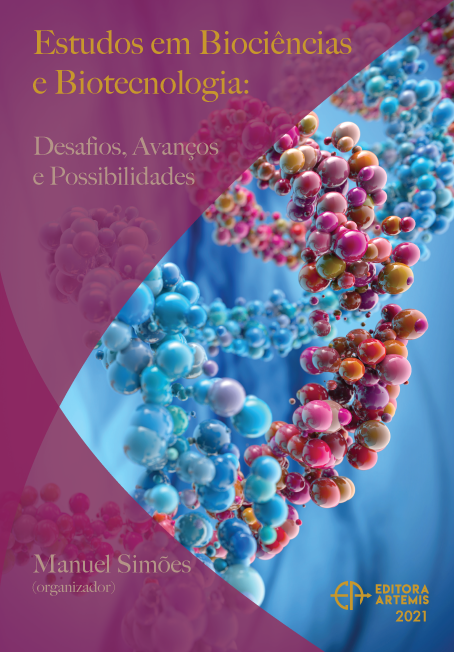
DETERMINACIÓN DE LA PRODUCCIÓN DE EXTRAPOLISACÁRIDO DE BACTERIAS PROVENIENTES DE RESIDUOS OLIVÍCOLAS.
En este estudio se determinó la producción de extrapolisacáridos (EPS) a través de la capacidad para formar biopelículas, de cepas autóctonas de Aerococcus viridans, Enterobacter cloacae, Acinetobacter iwoffi y Pseudomona aeruginosa aisladas de residuos olivícolas en el Laboratorio de Microbiología de la Universidad Nacional de La Rioja, donde se crioconservan. La capacidad para formar biopelículas en estas cepas, se determinó cuantitativamente mediante la técnica O´Toole y se clasificaron según el criterio establecido por Stepanovic como no formadoras, formadoras fuertes, moderas o débiles. La cuantificación por espectrofotometría determinó que todas las cepas estudiadas fueron productoras de biopelículas. La mayor cuantificación celular fue presentada por Enterobacter cloacae cuyo valor de densidad óptica fue 0.45 seguida de Pseudomona aeruginosa que presentó una densidad óptica de 0.30, mientras que las densidades ópticas para Acinetobacter iwoffi y Aerococcus viridans fueron de 0.21 y 0.16. Según la clasificación utilizada, se consideró a Enterobacter cloacae como formadora fuerte (punto de corte de 0,41- 0.56). Pseudomona aeruginosa se consideró como formadora moderada (punto de corte 0.22- 0.41) y como formadoras débiles (puntos de corte 0.11- 0.26) se clasificó a Aerococcus viridans y Acinetobacter iwoffi. La caracterización del biofilm específico resulta importante para lograr describir los mecanismos en formación de las biopelículas bacterianas que promueven la resistencia a los antibióticos.
DETERMINACIÓN DE LA PRODUCCIÓN DE EXTRAPOLISACÁRIDO DE BACTERIAS PROVENIENTES DE RESIDUOS OLIVÍCOLAS.
-
DOI: 10.37572/EdArt_21122150712
-
Palavras-chave: Extrapolisacáridos. Biopelículas. Residuos olivícolas. Enterobacter cloacae.
-
Keywords: Extrapolysaccharides. Biofilms. Olive residues. Enterobacter cloacae
-
Abstract:
In this study, the production of extra-polysaccharides (EPS) was determined through the ability to form biofilms of autochthonous strains of Aerococcus viridans, Enterobacter cloacae, Acinetobacter iwoffii and Pseudomona aeruginosa. They were isolated from olive residues in the Microbiology Laboratory of the National University of La Rioja, which is the place where they are cryopreserved. The ability to form biofilms in these strains was quantitatively determined using the O´Toole technique. They were classified, according to the criteria established by Stepanovic, as non-forming, strong, moderate or weak forming. The quantification by spectrophotometry determined that all the studied strains were biofilm producers. Enterobacter cloacae presented the highest cell quantification. Its optical density value was 0.45, followed by Pseudomona aeruginosa, which presented an optical density of 0.30, while the optical densities for Acinetobacter iwoffii and Aerococcus viridans were 0.21 and 0.16. According to the classification used, Enterobacter cloacae is considered a strong producer (cut-off point of 0.41-0.56). Pseudomonas aeruginosa is considered a moderate producer (cut-off point 0.22-0.41). Lastly, Aerococcus viridans and Acinetobacter iwoffii were classified as weak producers (cut-off points 0.11-0.26).
The characterization of the specific biofilm is important to describe the mechanisms in the formation of bacterial biofilms that promote resistance to antibiotics.
-
Número de páginas: 11
- Fodda Assad Robledo
- María Alejandra Soloaga
- Patricia Alejandra Córdoba
- María Celeste Rosso
- María de los Ángeles Spano Cruz
- Verónica Alejandra Galleguillo
- Gema Blanca Reynoso

